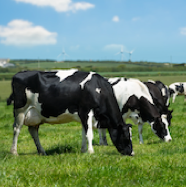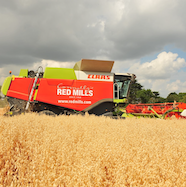How Buffer Feeding Dairy Cows into the Autumn can lower Costs
Extended grazing is possible with buffer feeds for dairy cows to bridge nutrient gaps
As autumn sets in and temperatures begin to drop, dairy farmers face the challenge of maintaining optimal nutrition for their dairy cows. Any opportunity to maintain the milking herd grazing into autumn could be deemed worthwhile, as grazed grass remains the most affordable feed. However, this must be done with full knowledge of the limitations of autumn grass – and ensuring the overall diet is correctly balanced with other feeds so as not to compromise milk production or body condition score. Buffer feeding involves providing additional feed to bridge the nutritional gap between what the cows need and what the pasture alone can provide.
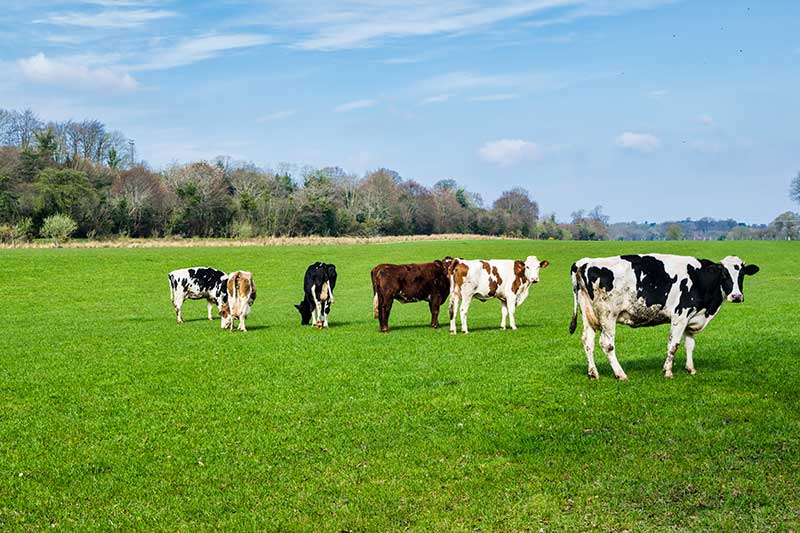
Do prioritise the best grass for high yielding and early lactation cows
A drop in nutrient intakes in the autumn can lead to loss of body condition which can be very difficult to catch up on once cows are indoors on full winter rations. It is worth saving the best grass for the high yielding and early lactation cows and use any low yielding groups to ‘mop-up’.
Balancing the type of Dry Matter as part of diet is the critical factor for buffer feeding at any time.
Maintaining dry matter intake is the key to successfully incorporating autumn grazing into the diet. When formulating an autumn grazing buffer feed, once again the same principles apply as those used in the spring.
Low dry matter grass will require additional digestible and structural fibre to maintain good rumen function. While with high dry matter grass, rumen degradable protein (RDP) levels will need to be balanced with additional energy, and the overall protein supply topped up with rumen-bypass protein. This is where we recommended a Connolly Red Mills 19% Hi Grain Dairy Cube which includes Bypro a bypass protected protein. Other Connolly Red Mills dairy products which would also be suitable with either be the 16% Hi Energy Dairy Cube and 18% Hi Energy Dairy Cube.
Energy and Protein from Supplementary feeding choices is needed in Autumn to maintain condition
As energy will be the limiting factor at grass, it is important to offer an additional source of energy and a reasonable level of protein to offset the decline in protein contribution proportions in autumn grass. It is critical to extend the grazing rotation length to keep milking cows at grass for as long as possible, to extend the grazing season. This must be done by the inclusion of extra supplementary feeds, whether it be in the form of forage or concentrates.
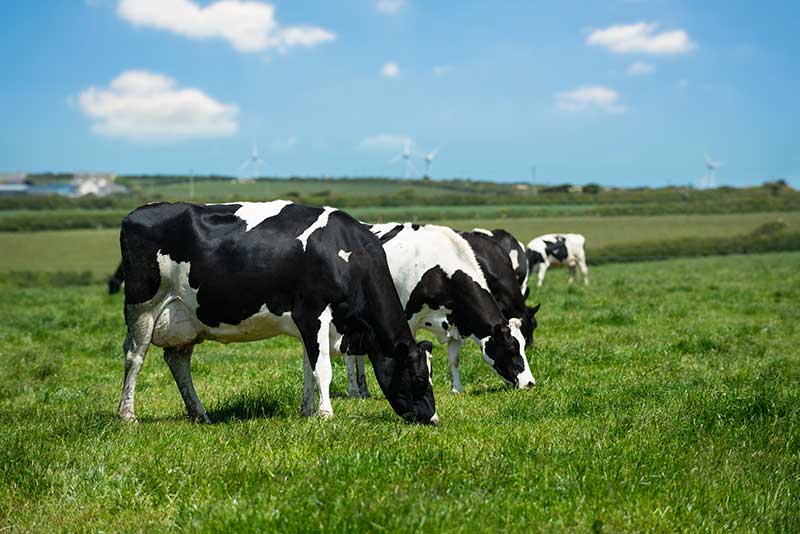
Consider the nutrient value from the various types of forage for dairy cows as buffer feed
Forages high in fibre and low in protein, such as a diet containing good quality grass silage, maize silage, fodder beet, sugar beet, wholecrop – or more effective fibre such as straw – can also be used. In terms of buffer feeding, the forage can be offered before or after milking. This can only be completed if dairy cows have sufficient feeding space, easy access to grazing areas and are given enough time to maximise gut fill.
Buffer feeding can also be completed in the milking parlour through offering complementary dairy feeds.
For further information on buffer feeding into autumn, contact the RED MILLS nutrition team.

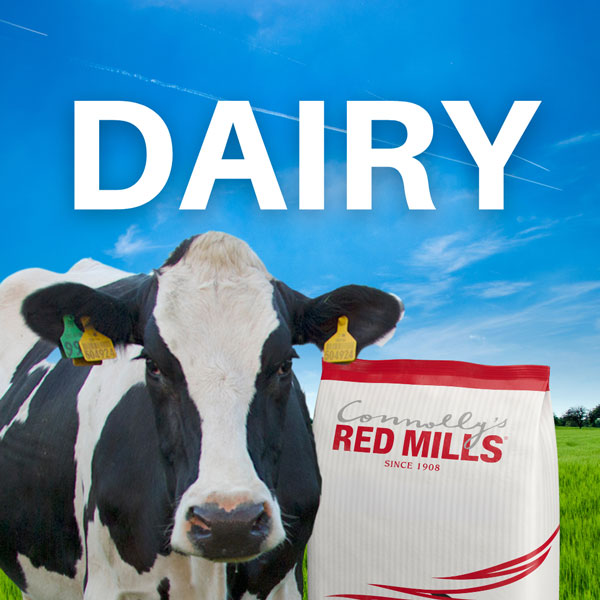
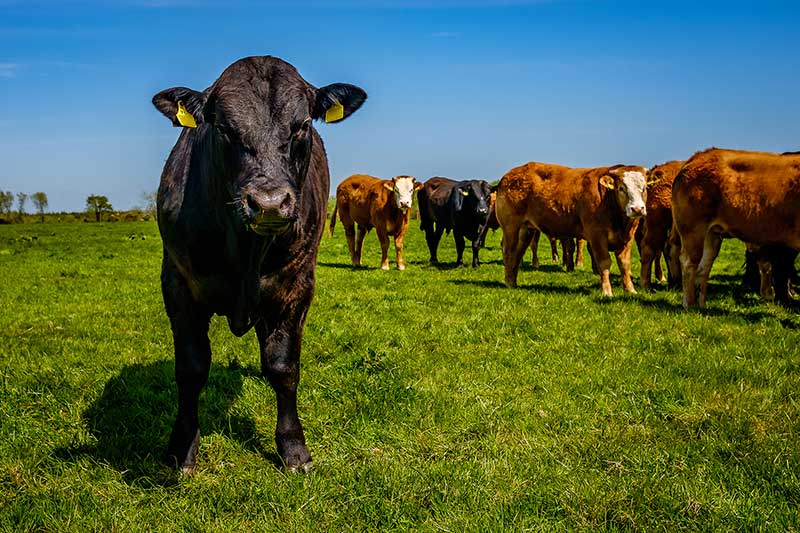
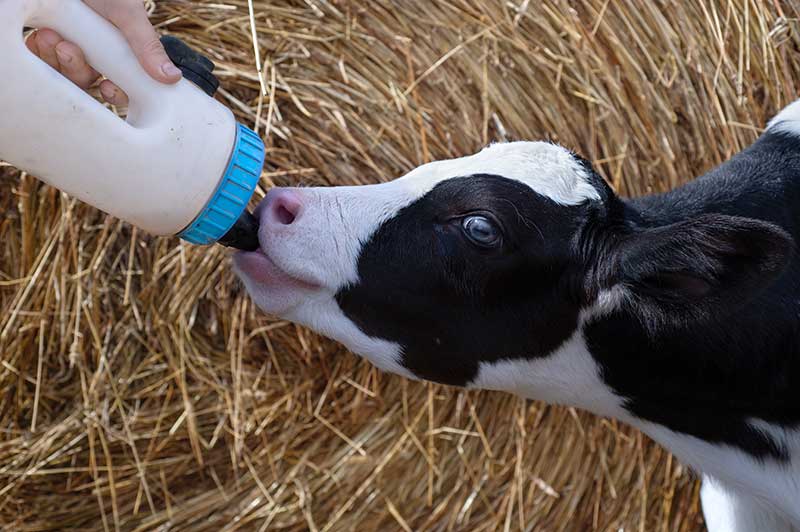
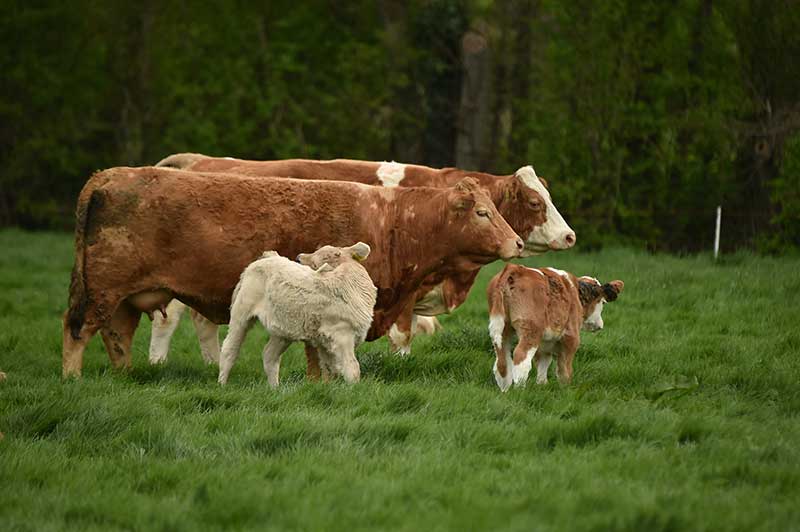
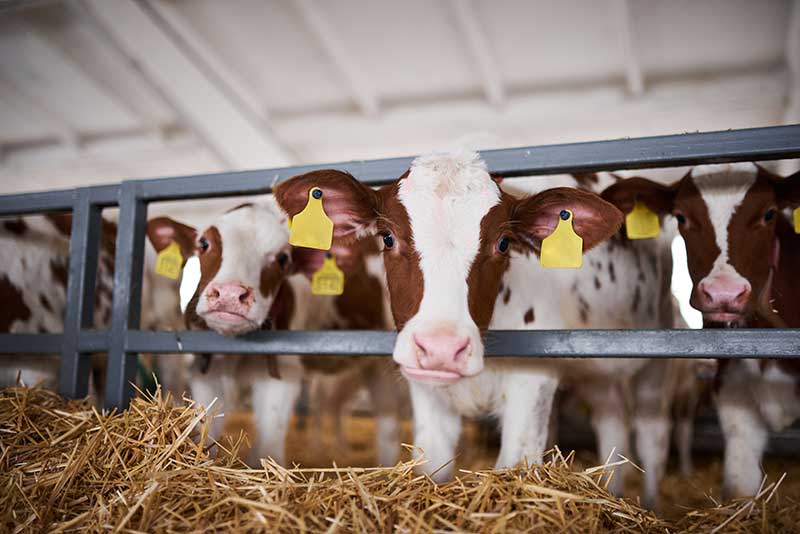


 05
05
